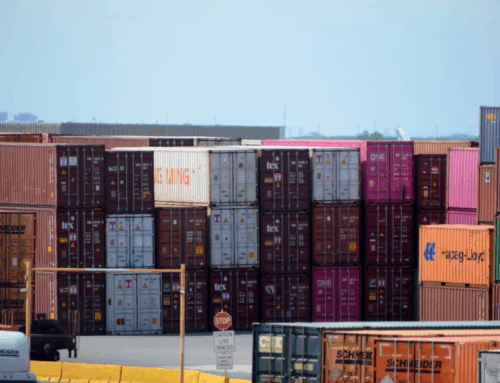Spain’s Clean Energy Dilemma
October 23, 2025
Spain has rapidly transformed its energy industry to be a global leader in renewable deployment and to ease its reliance on foreign oil and gas imports. The sun-baked country now sources more than 40 percent of its electricity supply, with more to come. But while this transition has been a boon for the nation’s energy independence, climate goals, and cheap and abundant clean energy, the costs of clean energy production in Spain have become too cheap for their own good. Instead of serving as a green energy inspiration for the rest of the world, Spain’s energy transition has become a cautionary tale about expanding clean energy too much, too quickly.
Wind and solar energy are variable, meaning that their production rates don’t respond to demand, but to independent factors like the weather and the time of day. As a result, production rates frequently outpace demand, and vice versa. At times when the grid is flooded with surplus electricity, energy prices can actually go negative – and they do, increasingly often. In the first nine months of 2025, Spain experienced more than 500 hours of negative energy prices, an almost two-fold increase from last year’s total.
Renewables-driven energy costs 40 percent lower than they would be if the grid looked the same as it did in 2019, according to estimates from the Bank of Spain. While this is great news for paying customers, it’s terrible news for would-be investors, and therefore for the clean energy sector writ large. “An excess of installed capacity, weaker-than-expected power demand, and a gradual erosion of prices are bringing into question the profitability of numerous projects,” says global business consulting firm Alvarez & Marsal. As a result, investor interest is waning, and the nation’s energy security is increasingly volatile.
In April of last year, Spain experienced the worst blackout in European history when a voltage surge at a solar plant in Extremadura shut down the entire grid. The catastrophe highlighted that Spain’s renewable energy deployment has dangerously outpaced essential supportive infrastructure like battery storage, which can capture excess energy at peak production hours and feed it back into the grid when production wanes later in the day.
This is not a uniquely Spanish problem. Negative energy prices have been plaguing investment in renewables across Europe for some time now, as the continent has heavily invested in solar and wind as part of its strategy to wean itself off of Russian oil and gas imports while also propping up the European Union’s climate goals. All of Europe, not only Spain, will break its previous record for hours of negative energy prices in 2025.
“The risk is that renewables become a victim of their own success,” Bloomberg reported back in February. “Subsidies that encouraged the uptake of wind and solar installations are now being phased out in many markets, and projects need to show they can thrive without government support. But negative prices cut the average wholesale price offered to generators, depressing the profits from green energy.”
Spain may serve as the proverbial canary in the coal mine for other markets where renewables expansion has boomed without adequate infrastructural support and financial fallback mechanisms. So far, increasing price inversions and energy security fears have resulted in a conflicted market. “While the volume of clean energy mergers and acquisitions in Europe increased by almost a third in the 12 months through June, they dropped by 10% in Spain,” states another Bloomberg report from this week. But at the same time, “aggregate value of transactions in the country soared 60% due to high-profile deals.”
This divergence highlights the complex path forward for renewable energy markets. Renewable energy investment is still necessary for energy security and climate goals, and will remain lucrative in the long term. But in the short term, some of that money would be better directed toward energy storage and sorely needed grid updates so that renewable energy installation doesn’t prove to be too much of a good thing.
By Haley Zaremba for Oilprice.com
More Top Reads From Oilprice.com:
Oilprice Intelligence brings you the signals before they become front-page news. This is the same expert analysis read by veteran traders and political advisors. Get it free, twice a week, and you’ll always know why the market is moving before everyone else.
You get the geopolitical intelligence, the hidden inventory data, and the market whispers that move billions – and we’ll send you $389 in premium energy intelligence, on us, just for subscribing. Join 400,000+ readers today. Get access immediately by clicking here.
Terms and Privacy Policy
Search
RECENT PRESS RELEASES
Related Post


